Remember when you first started diving? There was so much to see that you hardly knew where to look! Colorful parrot fish chomping on corals. Schools of wrasse streaming over the reef. Gorgeous angelfish slipping past, and if you were lucky, a sea turtle or shark or ray gliding by.
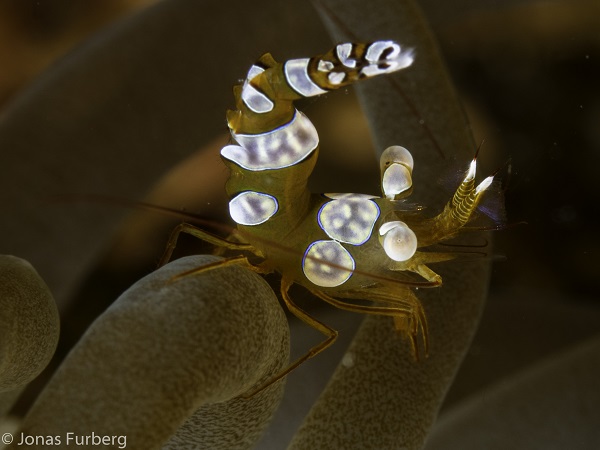 It’s all a bit overwhelming at first, so it’s easy to miss some of the less obvious underwater life. But with a bit more direction on where to look and what to look for, you can discover fascinating animals that you’ve likely overlooked.
It’s all a bit overwhelming at first, so it’s easy to miss some of the less obvious underwater life. But with a bit more direction on where to look and what to look for, you can discover fascinating animals that you’ve likely overlooked.
The animals you really have to search for are the most rewarding to find in our opinion. They are masters of camouflage and disguise, or architects of their own hiding places. Some are so tiny that you may need a magnifying glass to see them. When you do spot them, you’ll be amazed at just how much you’ve missed in the past and the underwater world will become all the more captivating!
The trick to developing eyes for the less obvious marine life is knowing what to look for and where to look. Here are a few of the more cryptic critters that you can find on many tropical dive sites and tips for spotting them underwater.
BEGINNER
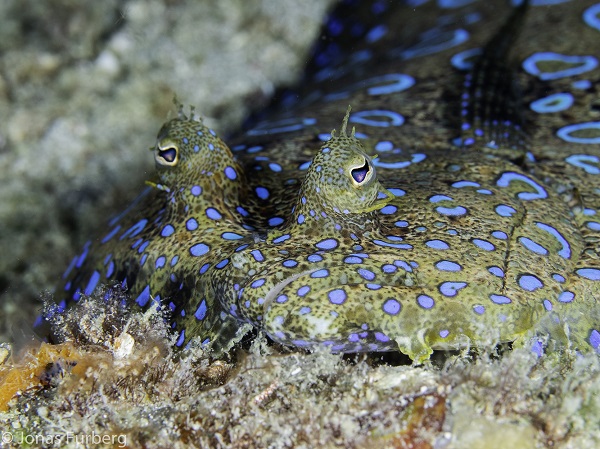 Flounder
Flounder
While at first glance you may not be impressed with these unusual flat fish, these wily predators are masters of camouflage. They can quickly change color to blend in with the local environment, whether it be a plain patch of sand or a crowded coral head.
Look for them on large, flat surfaces when you’re diving over a reef, or anywhere in the sand. The giveaway is usually a twitchy eye swiveling to check you out. (Don’t get me started on their eyes and how they change from a “normal” looking fish profile to having two eyes on top of their head!)
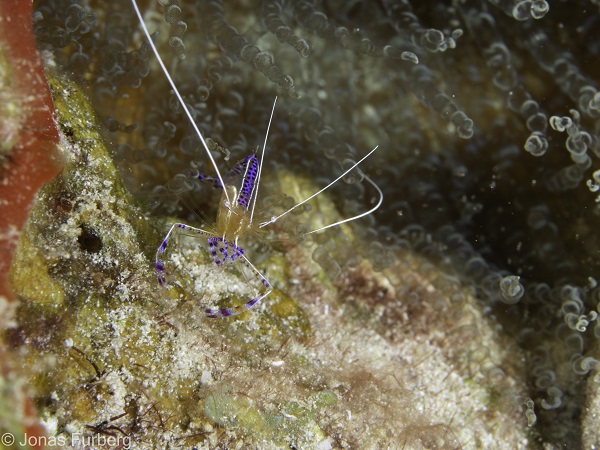 Pederson shrimp & Sexy shrimp
Pederson shrimp & Sexy shrimp
Do you wonder why some divers are always staring into anemones? Chances are they’re looking for shrimp! Pederson cleaner shrimp are the most common in the Caribbean. Their tiny translucent bodies with violet marketing are often found floating on and around corkscrew and other anemones, waiting for someone to come by for a cleaning.
If you’re lucky, you may also see a snapping shrimp or two hiding below, or even a family of sexy shrimp. Be on the lookout for anemones and check carefully inside of each one to find them. The Pederson shrimp may dance around and wave their white antennae at you too, advertising their services!
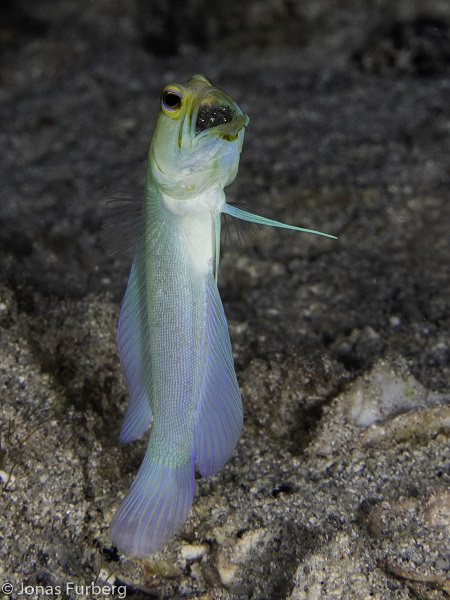 Jawfish
Jawfish
These incredible fish are some of the most fascinating to observe -- not only do they build their own burrows, but the males actually incubate eggs in their mouths! The Yellowhead Jawfish is the most common kind in the Caribbean. Their white, almost iridescent bodies with yellow faces are a photographer’s favorite.
Look for a series of small holes in sandy patches near reefs and rubble; jawfish use the rocks and shells to construct their homes. If you happen to see one, drop close to the bottom and wait patiently and you may be able to see several of them emerge and resume their plankton hunting.
ADVANCED
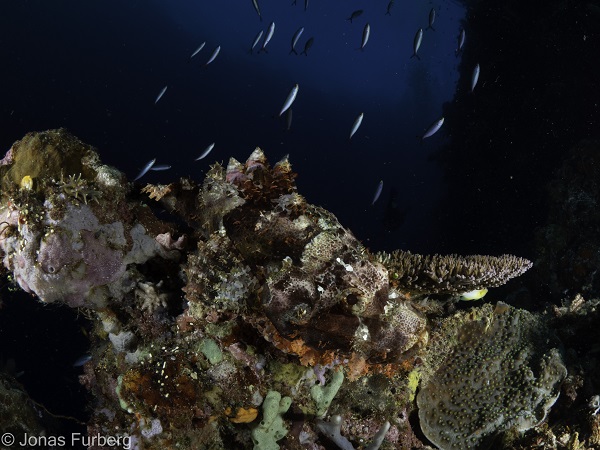 Scorpionfish
Scorpionfish
Another ambush predator, the scorpionfish takes camouflage to a whole new level. These bottom dwellers -- relatives of the lionfish -- will tuck into a spot on the reef and blend in perfectly, right down to the fleshy tabs and cirri that grow on them, resembling algae. They also have venomous spines which make them a potential threat to the unwary diver. (This is another reason for our #2 rule of diving: don’t touch anything!)
It takes a very practiced eye to see these fish on a dive; look closely and you may see some eyes reflecting back at you. Or maybe a brightly-colored fan pattern if their pectoral fins happen to be open.
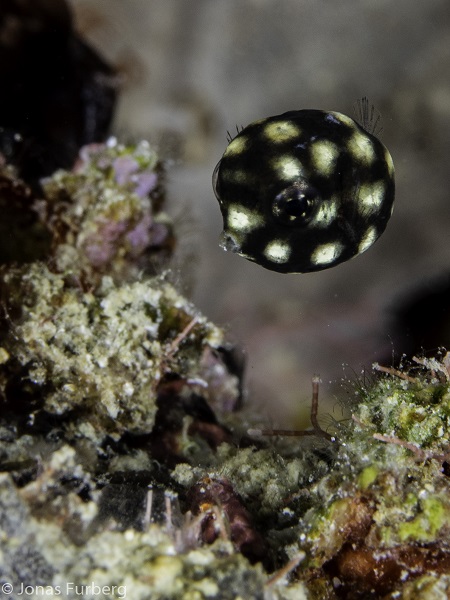 Juvenile trunkfish
Juvenile trunkfish
Arguably the cutest fish in the sea, the tiniest baby trunkfish are little round balls with big eyes and polka dots and pouty lips, hovering in small crevices in the reef. One marvels at how they make it to adult size, depending on tiny translucent fins to get around.
To find these special little fish, check in protected areas like the nooks and crannies of large coral heads. We tend to spot them in shallower areas, 40 feet or less. And listen for the squeals once other divers see them.
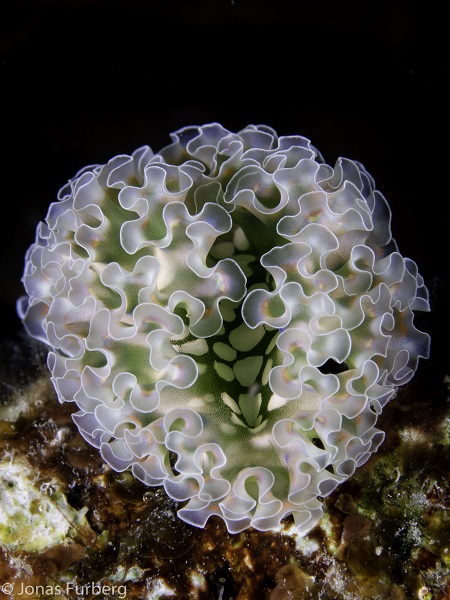 Slugs, nudibranchs and snails (oh my!)
Slugs, nudibranchs and snails (oh my!)
Once you really start looking, you’ll notice all the mollusks. These little gems are the macro-lover’s dream -- often beautifully colored with frilly appendages.
The most common in the Caribbean are Lettuce Sea Slugs (on the reef in a variety of colors depending on what they eat) and Flamingo Tongue snails (climbing up the gorgonians they feast on). You can find a number of nudibranch species but they are much less common and even harder to find. One telltale sign is a spiral of eggs left on soft corals or algae; check nearby for whoever laid them.
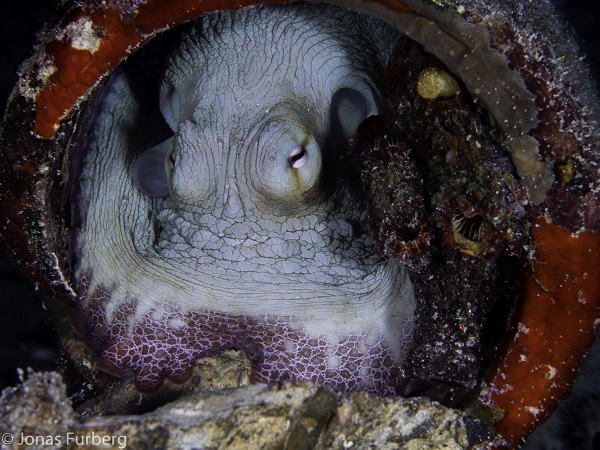 Octopus
Octopus
Who doesn’t love cephalopods?! Octopuses are always mesmerizing -- chromatophores in their skin allow them to change color and pattern in the blink of an eye; even their skin texture changes. They can glide along the bottom and flow through the tiniest crevice. We’ve used up a ton of SD card space filming these incredible creatures.
Want to find one? Look for their leftovers. If you see broken shells and debris outside of a hole or crevice, chances are fair you’ll find an octopus inside.
EXPERT
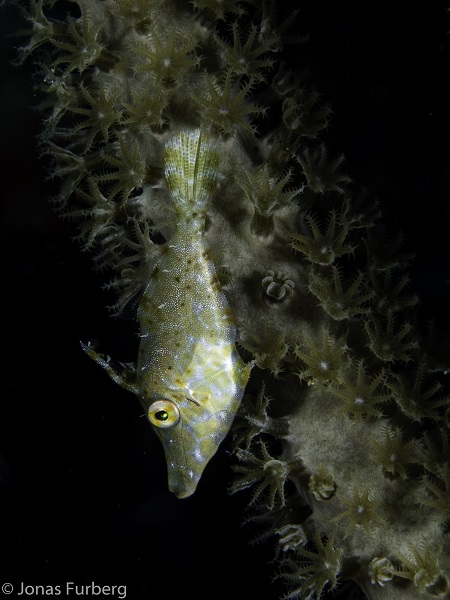 Slender Filefish
Slender Filefish
This little fish uses camouflage to hide from predators rather than to ambush prey. With their thin bodies covered in a white reticulated pattern, they can change their color and even dim their pattern to disappear into soft corals.
Look for them hovering in a vertical position inside of swaying gorgonians like sea rods, usually in shallower water (40 feet or less). But approach carefully! They often move deeper into the corals when they feel threatened.
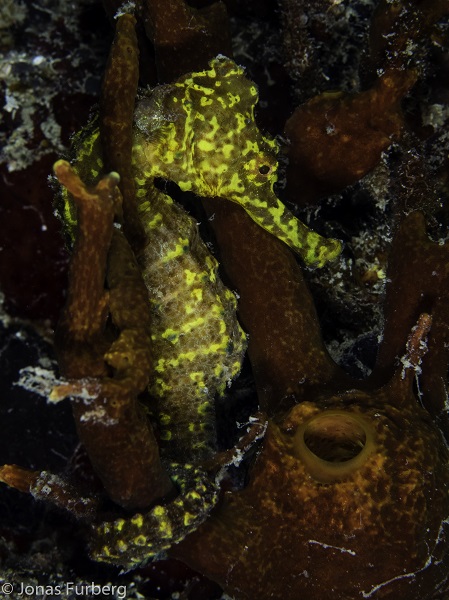 Seahorses
Seahorses
Another exciting find on a dive, these adorable fish are extremely hard to spot. Not the best swimmers, seahorses often stay in one area and attach their tails to a soft coral or something similar while they feed on plankton.
Even when you get directions on how to find them from the dive guide, you might miss these cuties. They are usually on the sea floor hiding around the bottom of soft corals or sponges. They generally camouflage quite well so you’ll need patience as you scan the area. If you find one, there’s a decent chance you’ll find another close by!
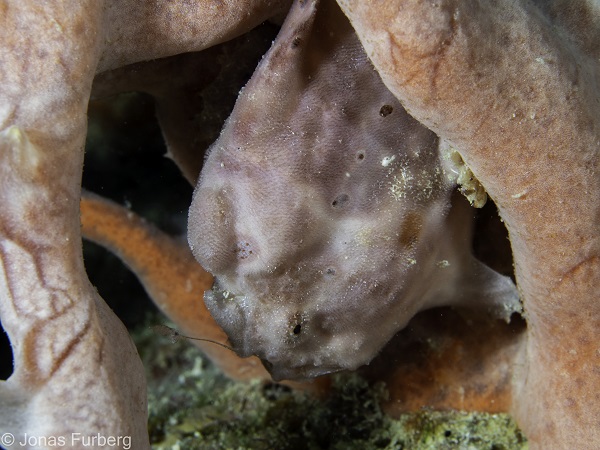 Frogfish
Frogfish
One of our very favorite fish to spot, the frogfish is rarer to see than many others on this list. They vary in size and color and are almost impossible to distinguish from sponges they usually sit on. They can change their color and pattern over time to match their surroundings exactly and wave their tiny lures (a modified dorsal spine) to attract prey and then suck them up in their giant mouths.
Want to find one? Check with your dive guide first! Then start looking for tiny eyeballs and lures on sponges, or sometimes little nubby pectoral fins splayed out to the side. They usually blend in perfectly with their host sponge but once in a while you'll find one that's a different color. And if you happen to catch one walking, even better!
Want to step up your fish and critter spotting game? Join us for a Fish ID class to learn more about the incredible life you can find underwater.

